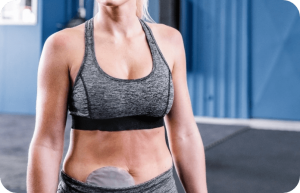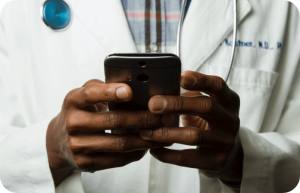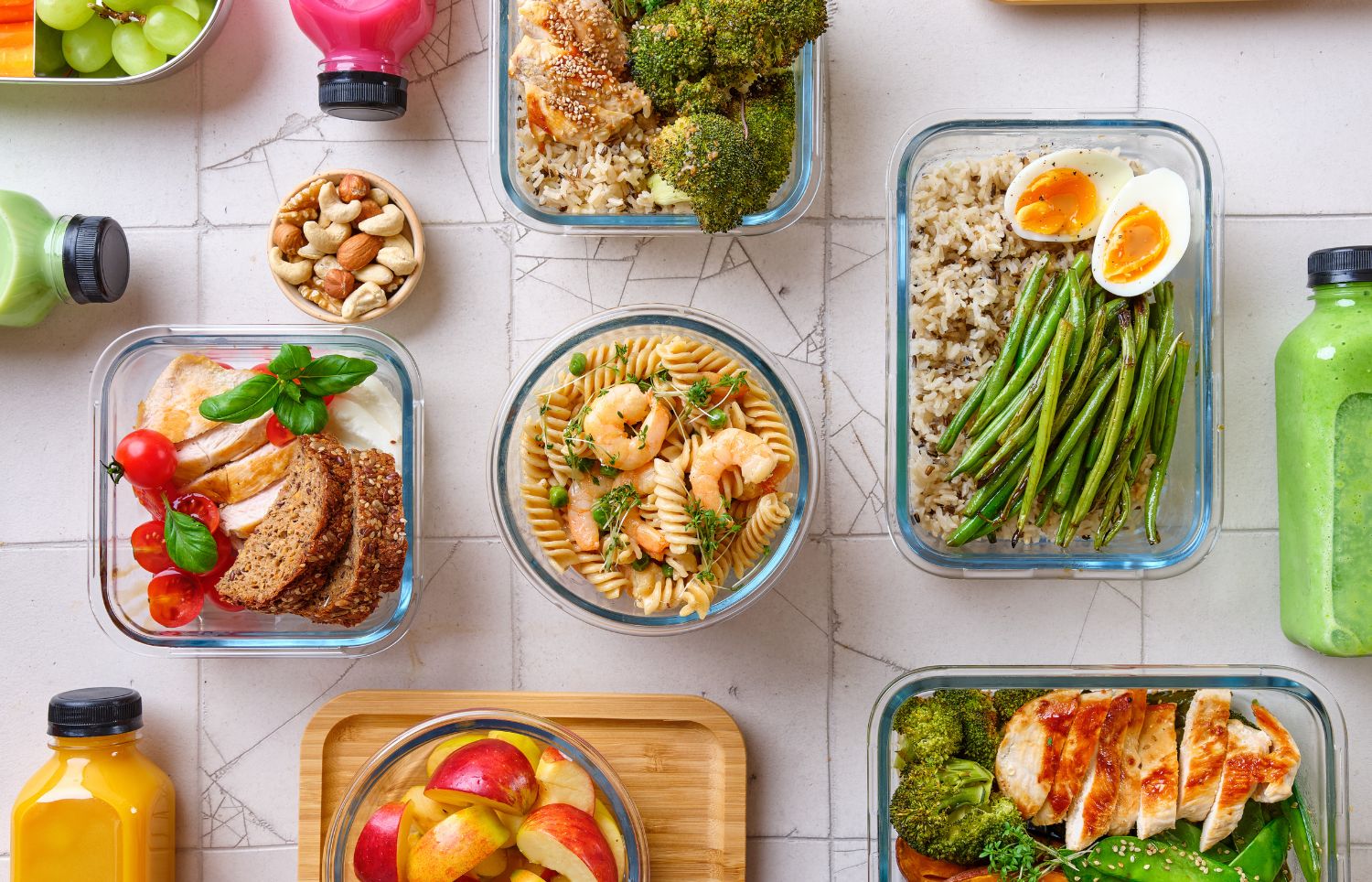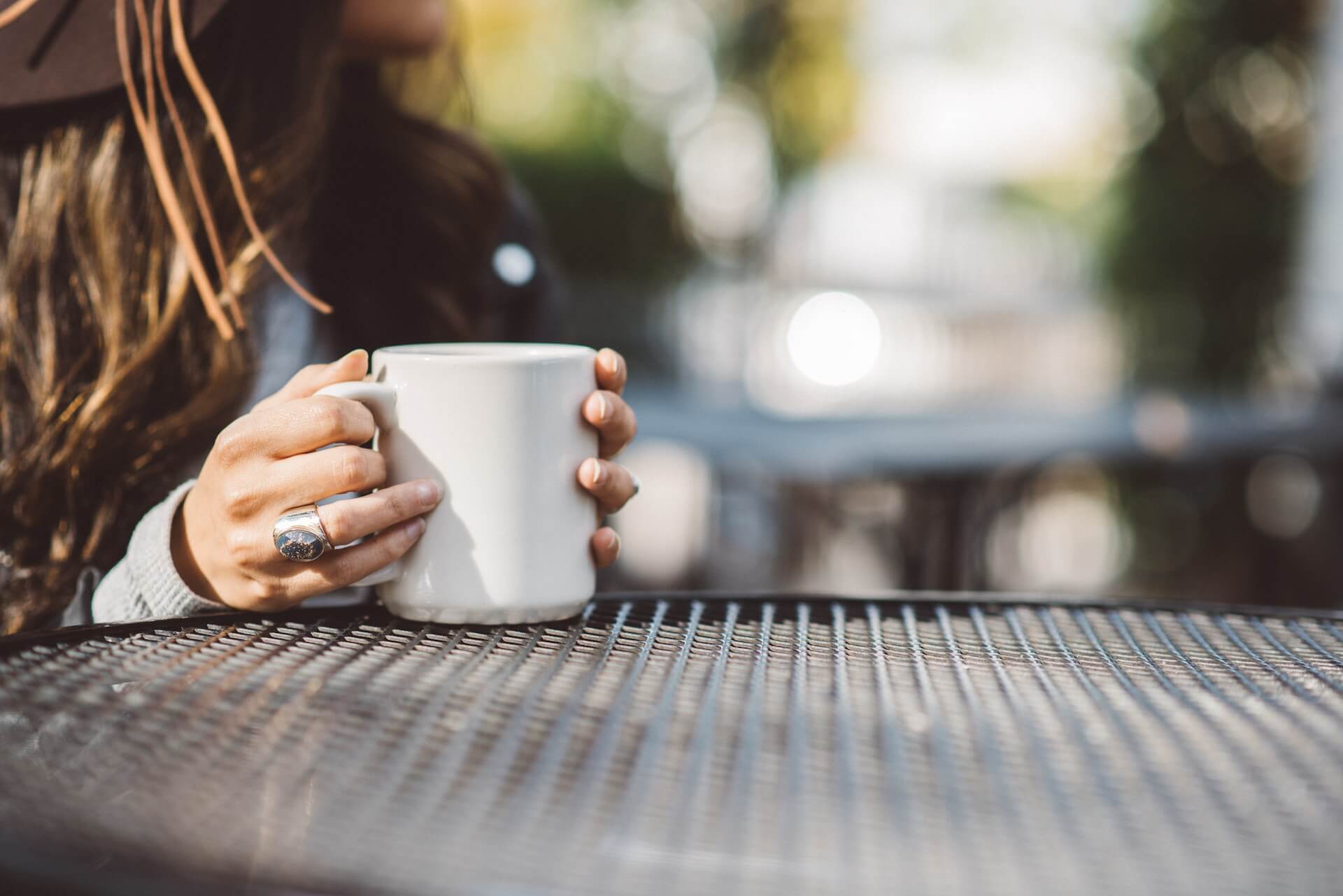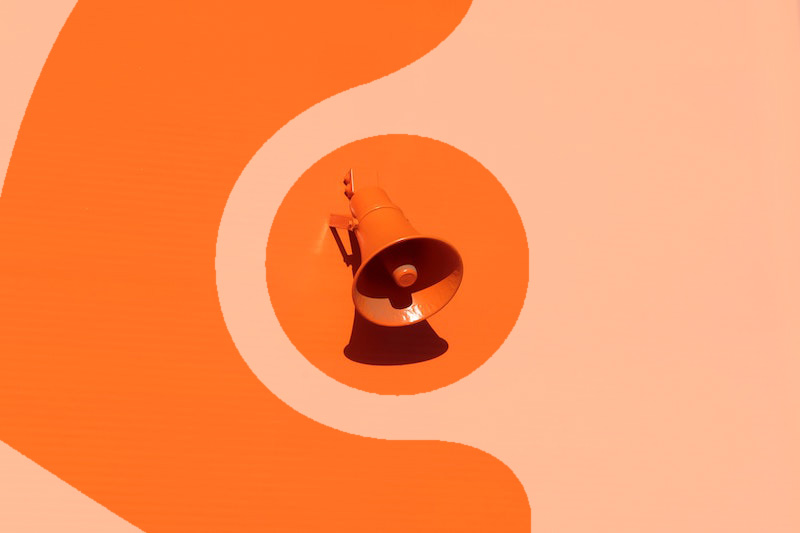There are a number of things that you can do to try and maintain a healthy bladder. These include:
- Keeping a healthy fluid intake – Try to drink at least 1.5 – 2 litres (6-8 glasses) of fluid each day. When you are not drinking enough, the bladder gets used to holding smaller amounts of urine and can become sensitive
- Avoiding constipation and following a healthy diet – When the bowel does not empty properly it will swell up and push down onto the bladder. You can help avoid constipation by following a healthy diet
- Practising pelvic floor exercises.
What can irritate the bladder?
- Drinks that contain caffeine
- Fizzy drinks, especially those “Lite” or “Diet” types with artificial sweeteners like Aspartame or Saccharine
- Alcoholic drinks – especially “shorts” – can irritate the bladder
- The acid in some fruit juices can make problems worse for some people
- Some medication
- Being overweight can also make your bladder problems worse. Extra weight may put pressure on the pelvic floor muscles which can become weak and may result in stress urinary incontinence.
How can I avoid infections?
- Drinking 1 or 2 glasses (250 to 600ml) of cranberry juice every day may help people who often get urine infections. People who are diabetic or taking warfarin should check with their doctor or continence advisor before drinking cranberry juice
- Keeping your urine on the slightly acid side is another good way of discouraging infections.Taking Vitamin C (ascorbic acid), in divided doses (totalling no more than 1000mg per day), works well
- Drinking barley water will also help to calm an irritated bladder but please check with your doctor or healthcare professional
- Keep your catheter free of encrustation if you wear a permanent indwelling one
- Do not cut down on the amount that you drink: this makes your urine even more concentrated and is likely to make your bladder problems even worse.
How a normal urinary system works
The urinary system consists of two kidneys, the ureters, the bladder and the urethra. The kidneys lie in the back, in front of the lower rib cage on either side of the spinal cord.
The bladder has two main functions, to store urine and then get rid of it. The bladder is made of smooth muscle which is controlled by the automatic nervous system. The process of elimination of urine is as follows;
- The kidneys filter your blood and collect waste products, which your body needs to eliminate. As the waste products are collected the kidneys make urine which then runs down the ureters into your bladder, where it is collected
- The bladder is positioned in the lowest part of your abdomen surrounded by a muscle called the detrusor muscle whose job it is to squeeze your bladder to empty it when needed. At the lower end of the neck of the bladder a tube called the urethra allows urine to empty out of the bladder. Also at this point, there are muscles called sphincter muscles wrapped around the urethra which keep it closed until you are ready to go to the toilet
- The urethra is connected to the tip of the penis in men and the skin just at the top of the vaginal opening in women
- Nerves carry messages from the bladder to your brain to tell it when the bladder is beginning to feel full. In response, your brain will let you know that you need to start to consider going to the toilet and at the same time it will tell the muscles to remain closed until you get there
- A normal bladder empties 4 – 7 times each day depending on how much you drink and holds up to three-quarters of a pint. It usually starts to tell you that you will need to go to the toilet when half this amount is in your bladder. A normal bladder empties completely every time you pass water and does not leak.
Further Help and Advice
Just Can’t Wait Card
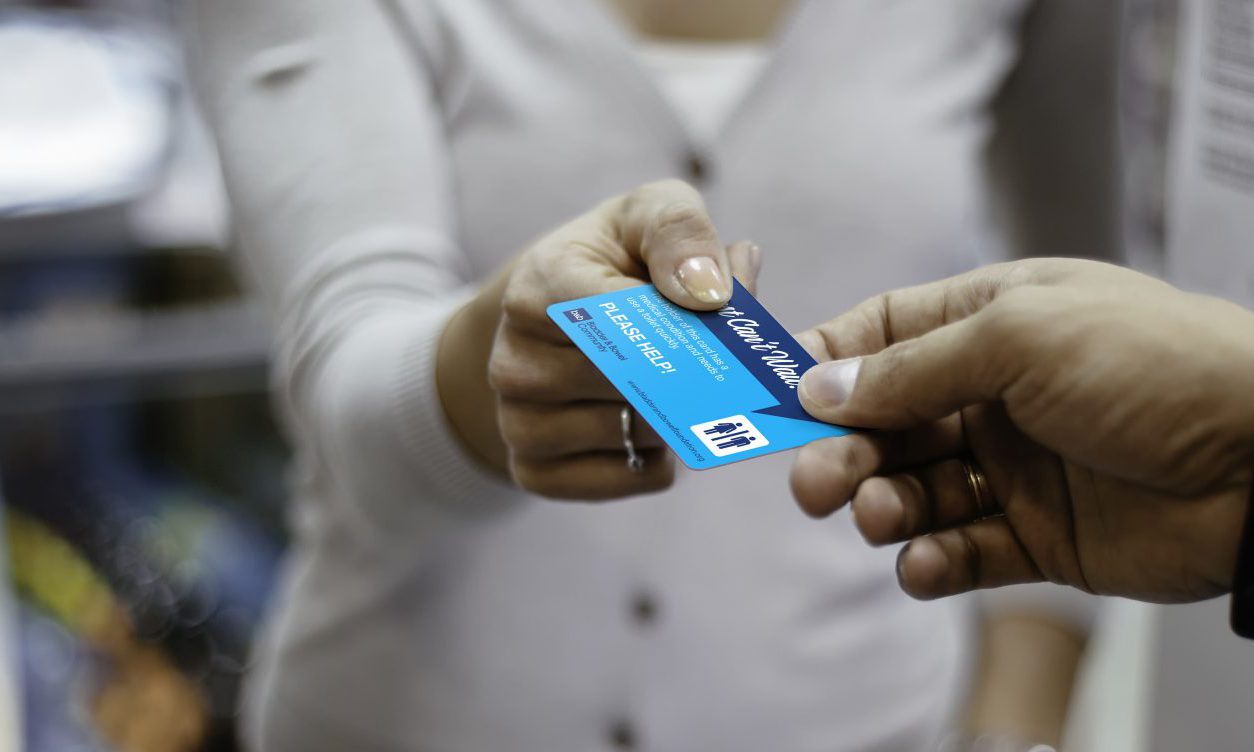
A small convenient and well-recognised card that greatly improves your ability to gain access to toilet facilities in all sorts of locations. You can purchase one from our Resources section


